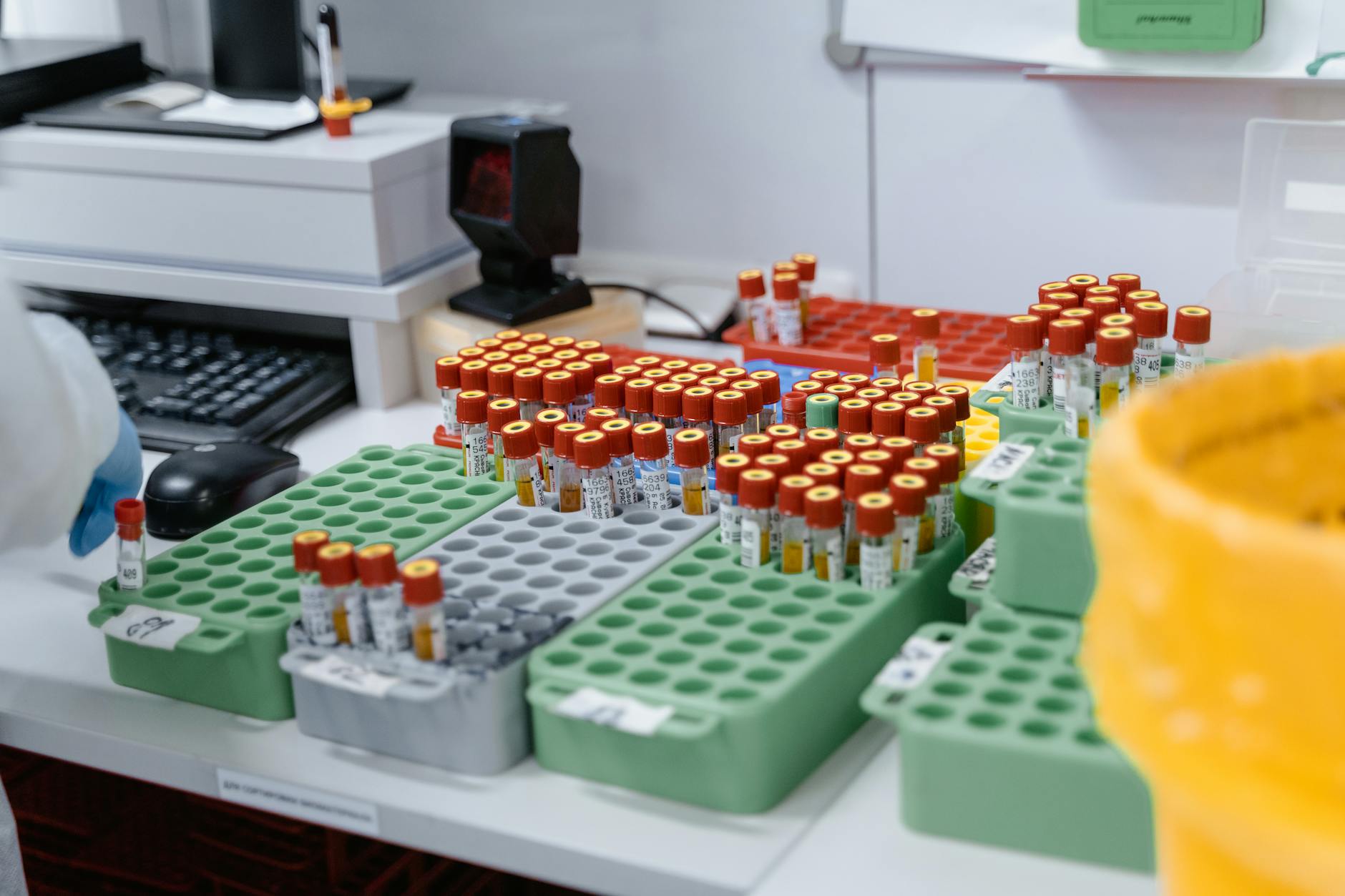Harnessing the Power of Blue Light Therapy for Acne Treatment

The Science Behind Blue Light Therapy
Blue light therapy, also known as photodynamic therapy, is a non-invasive treatment that has gained popularity for its effectiveness in treating acne. Unlike topical ointments or oral medications, blue light therapy targets the root cause of acne – bacteria.
When the skin is exposed to blue light in a specific wavelength range, it activates a compound called porphyrin within the acne-causing bacteria. This activation process produces singlet oxygen molecules that are toxic to the bacteria, ultimately destroying them without harming the surrounding skin tissue.
Benefits of Blue Light Therapy
- Non-invasive and painless treatment
- No downtime or recovery period required
- Minimal side effects, such as temporary redness or dryness
How Blue Light Therapy Works for Acne
Blue light therapy sessions typically last around 15-30 minutes and are performed in a dermatologist's office or medical spa. The skin is first cleansed, and protective eyewear is provided to shield the eyes from the light. The blue light is then applied to the skin in a controlled manner, targeting the areas affected by acne.
Patients may require multiple sessions of blue light therapy to see significant results, with many experiencing a reduction in acne lesions and inflammation after just a few treatments. Maintenance sessions may be recommended to prevent future breakouts and keep the skin clear.
Considerations and Precautions
While blue light therapy is generally safe and well-tolerated, it may not be suitable for everyone. Individuals with photosensitivity conditions, pregnant women, or those taking certain medications that increase sensitivity to light should consult with a healthcare provider before undergoing blue light therapy.
It's essential to follow post-treatment care instructions provided by the dermatologist to optimize the results and minimize the risk of side effects. Sun protection is particularly crucial following blue light therapy, as the skin may be more sensitive to UV rays.





